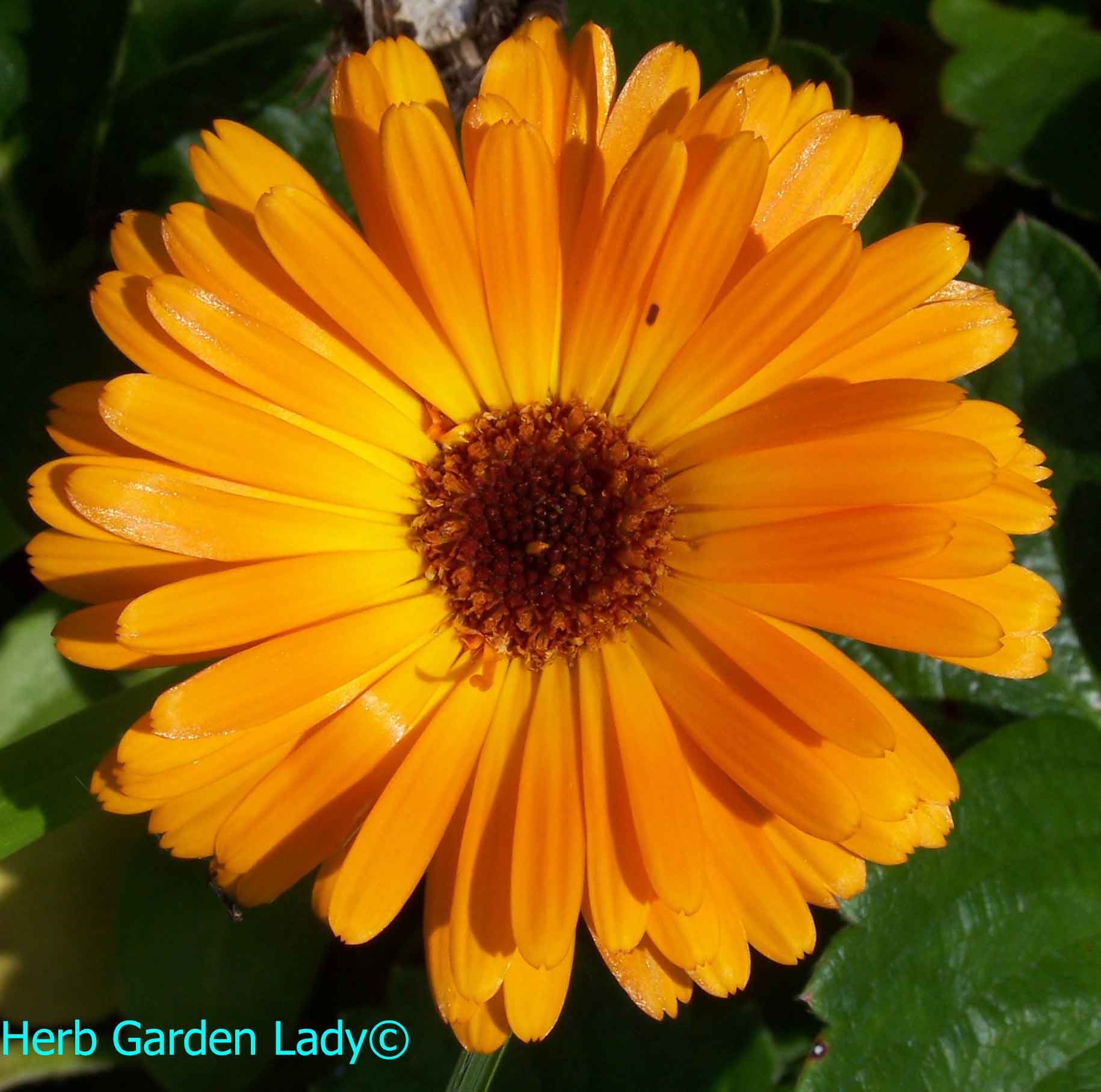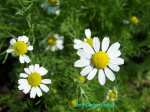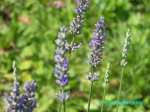Calendula Herb
The Natural Skin Healer
Calendula officinalis
known as the calendula herb or pot marigold has been used since the Ancient
Egyptians.
Container Herb Garden Culinary Herb Garden Medicinal Herbs
The Hindus used it to decorate temple altars and the Persians and Greeks used the flowers as a garnish. In Europe it’s been used for many years to flavor stews, soups, breads, butter and cheese for color. Here in the United States it’s substituted for saffron with the same uses as the Europeans.
In addition, aroma therapists, soap makers, cosmetic industry and local beauty and health companies use the flowers infused with jojoba or sweet almond oil to make beauty and health products. It’s such a skin healer with a beautiful mild citrus aroma that there is no need to add essential oils for an all-natural product.
Calendula Herb Varieties
The variety to use for skin healing is calendula officinalis the true Calendula herb. These also can be used for culinary dishes and healing teas.
- ‘Calendula’ - calendula officinalis
- "Calypso Orange' - calendula officinalis
- ‘Erfurter Orange ‘ – calendula officinalis
These varieties are grown for culinary dishes and tea and medicinal teas. These are known as Tagetes or pot marigold.
- ‘Lemon Gem Marigold’ – culinary
- ‘Orange Gem Marigold’ – culinary
- ‘Red Gem Marigold’ – culinary
(Tagetes spp.)
- ‘Aztec Marigold’ – culinary and medicinal
- ‘Lemon Mint Marigold” – culinary and medicinal
- ‘Sweet Marigold’ – culinary, tea, aroma
- ‘Tarragold Marigold’ – culinary, tea and aroma
These varieties are grown to help with insect and pest control naturally. (Tagetes spp.)
They have edible flowers and leaves.
- ‘French Marigold’ – insect control, culinary
- ‘Mexican Marigold’ – insect control, culinary
Growing Calendula
Now we know what variety is best for our skin or to use in culinary dishes we’ll learn how to grow this sunshine herb.
Calendula being the sun flower loves to be grown in full sun.
It doesn’t require a lot of water and doesn’t like wet ‘feet’ – roots. It will grow in about any soil as long as it’s not waterlogged.
In the north we start our plants indoors grown from seed starting in April for strong plants to be transplanted in late spring after the last frost of the season. Here in Vermont that’s June 9th usually. The best way to grow large abundant flowers is in a green house or grow tunnel. As long as it’s protected from excessive wind with occasional watering it will grow to about 2 -3 feet and may need staking.
Plant this herb about 12 -18 inches apart and remove the flowers daily on a dry sunny day. Dry for later use. By removing the flower the calendula herb will continue to flower until the frost in the fall.
By preserving the herb flowers it’s easier to make infused calendula oil in sweet almond or jojoba oil.
Culinary Uses
|
Flower
Cosmetic
|
|
Medicinal
|
What's Your Story or Experience in Growing Herbs?
Do you have a great story about this? Share it!





